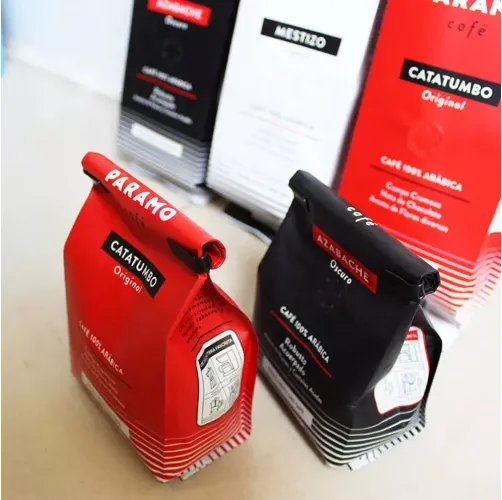- Afrikaans
- Albanian
- Amharic
- Arabic
- Armenian
- Azerbaijani
- Basque
- Belarusian
- Bengali
- Bosnian
- Bulgarian
- Catalan
- Cebuano
- chinese_simplified
- chinese_traditional
- Corsican
- Croatian
- Czech
- Danish
- Dutch
- English
- Esperanto
- Estonian
- Finnish
- French
- Frisian
- Galician
- Georgian
- German
- Greek
- Gujarati
- haitian_creole
- hausa
- hawaiian
- Hebrew
- Hindi
- Miao
- Hungarian
- Icelandic
- igbo
- Indonesian
- irish
- Italian
- Japanese
- Javanese
- Kannada
- kazakh
- Khmer
- Rwandese
- Korean
- Kurdish
- Kyrgyz
- Lao
- Latin
- Latvian
- Lithuanian
- Luxembourgish
- Macedonian
- Malgashi
- Malay
- Malayalam
- Maltese
- Maori
- Marathi
- Mongolian
- Myanmar
- Nepali
- Norwegian
- Norwegian
- Occitan
- Pashto
- Persian
- Polish
- Portuguese
- Punjabi
- Romanian
- Russian
- Samoan
- scottish-gaelic
- Serbian
- Sesotho
- Shona
- Sindhi
- Sinhala
- Slovak
- Slovenian
- Somali
- Spanish
- Sundanese
- Swahili
- Swedish
- Tagalog
- Tajik
- Tamil
- Tatar
- Telugu
- Thai
- Turkish
- Turkmen
- Ukrainian
- Urdu
- Uighur
- Uzbek
- Vietnamese
- Welsh
- Bantu
- Yiddish
- Yoruba
- Zulu
Exploring the Basics of SBS and Its Applications in Modern Technology
Understanding SBS A Comprehensive Overview
SBS, or Styrene-Butadiene-Styrene, is a synthetic rubber commonly used in various applications due to its unique properties and versatility. This thermoplastic elastomer (TPE) is part of the styrene family and exhibits both rubber-like elasticity and thermoplastic characteristics, making it an invaluable material in many industries.
What is SBS?
SBS is a block copolymer made from styrene and butadiene. The structure consists of polystyrene domains that provide rigidity and strength, while the butadiene segments give it flexibility and resilience. This combination allows SBS to behave like rubber while being processed like plastic, enabling manufacturers to utilize it in a range of products.
Properties of SBS
The properties of SBS make it an attractive choice for various applications
1. Elasticity SBS has excellent elasticity, which is comparable to natural rubber. This makes it suitable for products that require durability and flexibility.
2. Tensile Strength It exhibits significant tensile strength, which means it can withstand stretching and deformation without breaking.
3. Thermal Stability SBS can maintain its properties over a wide temperature range, providing reliable performance in both hot and cold environments.
4. Adhesion The material has superior adhesion capabilities, making it ideal for use in adhesives and sealants.
5. UV Resistance SBS is known for its resistance to UV radiation, which helps prevent degradation when exposed to sunlight.
whats sbs

Applications of SBS
Due to its advantageous properties, SBS is utilized across a range of industries
1. Adhesives and Sealants SBS is a popular choice for adhesives due to its strong bonding properties. It is commonly used in construction, automotive, and packaging applications.
2. Pavement and Roofing SBS-modified asphalt is widely used in paving and roofing due to its enhanced flexibility and resistance to cracking. It helps improve the longevity and durability of road surfaces and roofs.
3. Footwear The shoe manufacturing industry benefits from SBS’s elasticity and comfort, making it an ideal material for soles and other components of footwear.
4. Automotive In the automotive sector, SBS is used in seals, gaskets, and soundproofing materials. Its ability to absorb vibrations enhances the comfort of vehicle interiors.
5. Toys and Sporting Goods SBS is often found in toys and sports equipment, providing the necessary durability and flexibility for safe usage.
Environmental Considerations
As environmental concerns grow, the production and disposal of synthetic materials, including SBS, come under scrutiny. Manufacturers are increasingly looking for sustainable practices, including recycling and developing bio-based alternatives. Innovations in the disposal and recycling of SBS products can contribute to reducing environmental impact.
Conclusion
In summary, Styrene-Butadiene-Styrene (SBS) is a versatile thermoplastic elastomer that meets the needs of various industries. Its unique combination of properties—elasticity, strength, thermal stability, and adhesion—make it a sought-after material in adhesives, roofing, automotive, and many other applications. As technology advances and environmental awareness increases, the future of SBS may involve more sustainable practices and innovative recycling methods. With its wide range of uses and ongoing developments, SBS is poised to remain a key material in the manufacturing landscape for years to come.













